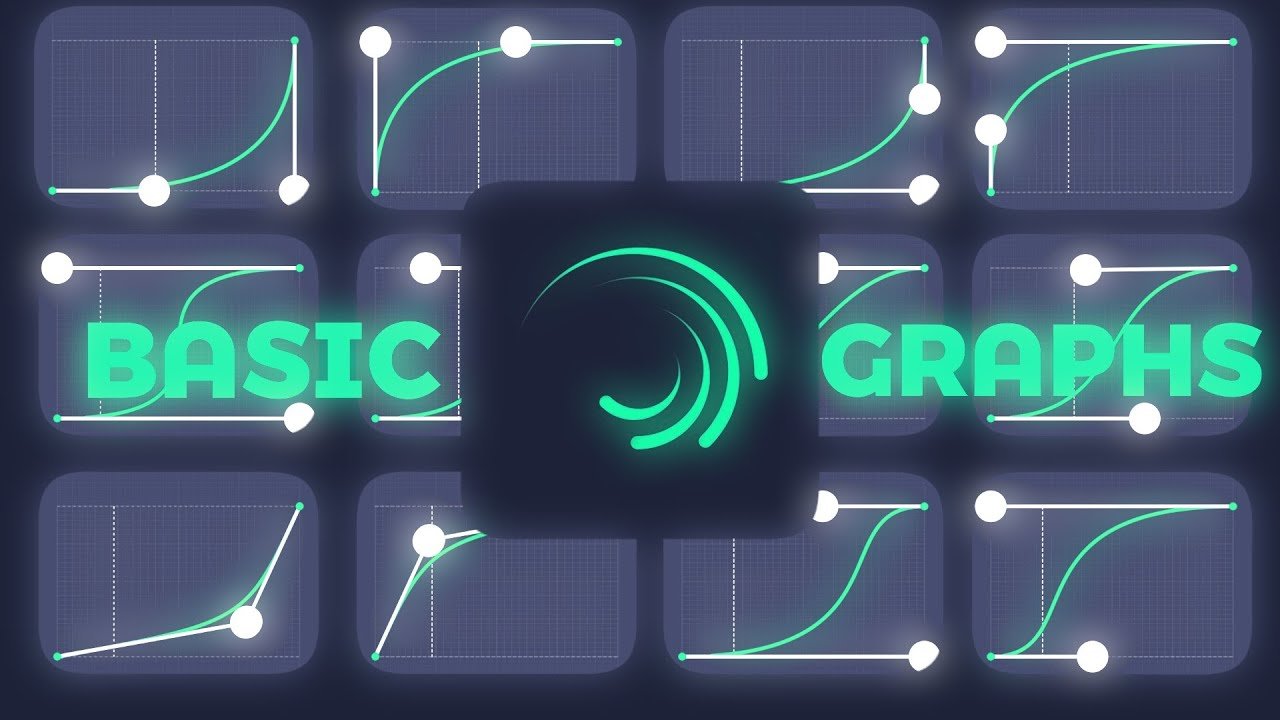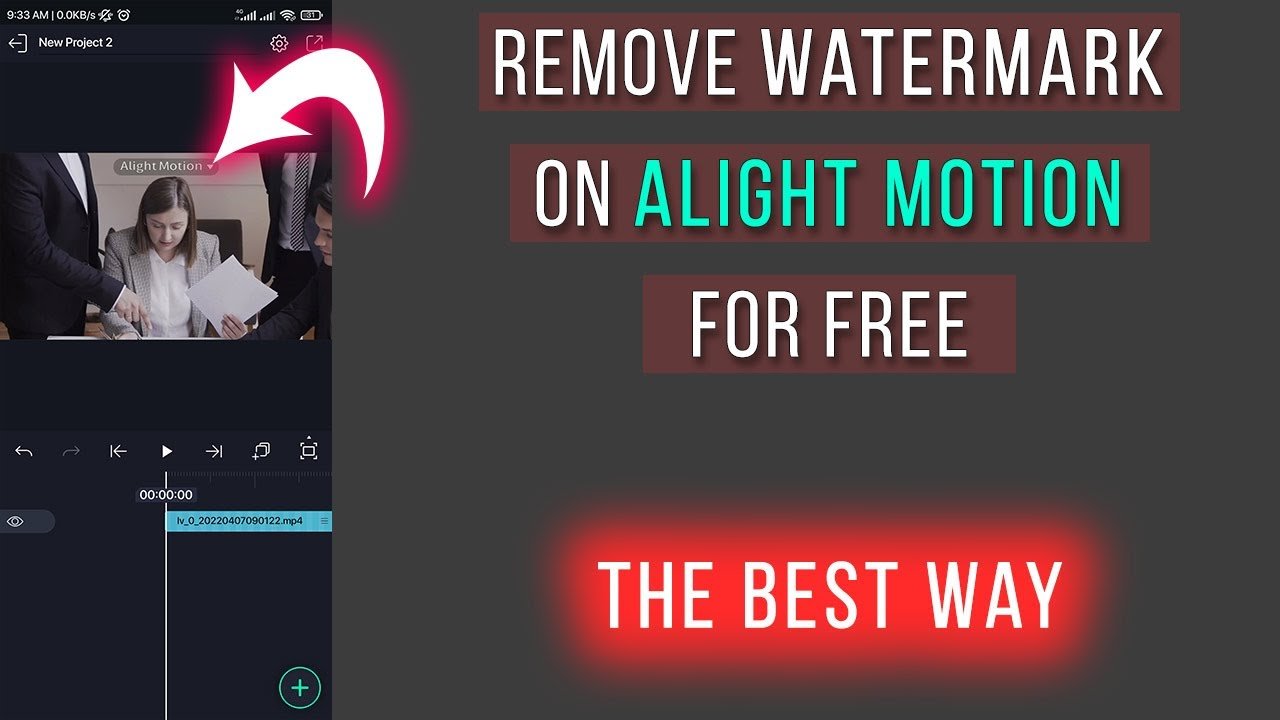Precomposing in Alight Motion simplifies your editing process and keeps your projects organized. Start by selecting the layers you want to group together. Then, tap on the options menu and choose “Precompose.” This action will merge the selected layers into a single composition, making complex edits more manageable. By learning how to precompose in Alight Motion, you’ll save time and reduce clutter in your timeline. Let’s dive into the steps to make your editing workflow smoother.
Table of Contents
How to Precompose in Alight Motion
Precomposing is a fundamental technique used in Alight Motion, an ever-popular mobile motion graphics app, to organize and manage complex projects more efficiently. Whether you’re working on an intricate animation or a simple title sequence, understanding how to precompose in Alight Motion can significantly enhance your workflow. Additionally, if you’re wondering how to get free membership in Alight Motion, we’ll touch upon that as well to provide a comprehensive guide.
What is Precomposing in Alight Motion?
Precomposing, sometimes referred to as precomping, involves grouping multiple layers or elements into a single composition. This can be thought of as creating a ‘mini-project’ within your main project. It helps keep your timeline clean and allows you to apply transformations or effects to multiple layers simultaneously.
Benefits of Precomposing
Precomposing offers several advantages:
- Organized Workspace: It simplifies your timeline by reducing clutter.
- Consistent Effects: Apply effects to a group of layers uniformly.
- Time Efficiency: It makes managing complex animations easier.
- Flexibility: Allows easy adjustments without affecting the main composition.
Step-by-Step Guide to Precompose in Alight Motion
Preparing Your Layers
Before you start precomposing, make sure your layers are in the right order and have the correct attributes.
1. Choose the layers you want to precompose. You can do this by tapping on each layer while holding down the select icon.
2. Ensure that the layers are aligned correctly. Misalignment can cause issues after precomposing.
Creating the Precomposition
Here’s how to create a precomposition in Alight Motion:
1. Tap on the three dots located at the top right corner of the screen.
2. From the dropdown menu, choose the ‘Precompose’ option.
3. A dialog box will appear prompting you to name your new precomposition. Naming helps in keeping your project organized.
4. Confirm the settings for your precomposition, such as the duration and resolution. These settings should match your main project unless you have specific requirements.
Editing the Precomposition
Once you have created your precomposition, you can edit it as a standalone composition.
1. Tap on the precomposition layer to open it.
2. Add effects, animations, or additional layers as needed. Everything you do inside this precomposition will appear as a single layer in the main project.
3. Ensure you save your changes before exiting the precomposition.
Applying Effects and Transformations
Applying effects and transformations to a precomposed layer is similar to working with regular layers.
- Add Effects: Select the precomposed layer and apply any desired effects from the effects panel.
- Transformation: Use the transform tool to move, scale, or rotate the precomposed layer just like any other layer.
- Animation: Animate the precomposed layer using keyframes for dynamic motion.
Tips for Effectively Using Effects
When applying effects, consider the following tips:
- Less is More: Avoid overloading with too many effects.
- Consistency: Ensure that the effects complement each other for a cohesive look.
- Preview: Always preview your work to see how the effects look in real-time.
Nesting Precompositions
Nesting involves placing one precomposition inside another. This technique can be useful for creating highly complex animations.
1. Start by creating multiple precompositions as needed.
2. Drag each precomposition into the main composition timeline.
3. Ensure that all nested precompositions are in the correct order.
Benefits of Nesting
Nesting precompositions can:
- Improve Performance: Reduces lag by breaking down the project into manageable parts.
- Enhance Flexibility: Offers flexibility to make changes on smaller sections without affecting the entire project.
Common Mistakes and How to Avoid Them
Misaligned Layers
One common mistake is not aligning layers correctly before precomposing. This can be avoided by:
- Double-Checking: Always double-check your layers before precomposing.
- Using Guides: Utilize guides to ensure layers are perfectly aligned.
Overlapping Effects
Overlapping effects can ruin the aesthetic of your project.
- Layer Hierarchy: Maintain a proper layer hierarchy to avoid this issue.
- Effect Preview: Regularly preview your project to catch any unwanted overlaps.
Unintentional Edits
Edits made in the precomposition can unintentionally affect the main project.
- Lock Layers: Lock layers that you don’t want to edit by mistake.
- Use Naming Conventions: Properly name your layers to avoid confusion.
Advanced Techniques
Combining Precompositions
Combining multiple precompositions can create intricate animations. Here’s how:
1. Break your animation into logical segments, precompose each segment.
2. Layer these precompositions together in your main project.
Using Masks
Masks can add another layer of complexity to your precompositions.
- Create Mask: Draw your mask using the mask tool.
- Apply to Precomposition: Apply the mask to your precomposed layer to achieve advanced effects.
Optimizing Performance
Reducing Complexity
A complex project can slow down your workflow.
- Simplify Layers: Precompose to reduce the number of layers in your main project.
- Cache Preview: Use the cache preview to speed up your playback.
Efficient Use of Resources
Efficiently manage your device’s resources.
- Lower Resolution Preview: Temporarily lower the resolution of your project for faster previews.
- Background Tasks: Close other apps to free up RAM.
Precomposing in Alight Motion can greatly streamline your animation process, making it more organized and efficient. By following these steps and tips, you’ll be well on your way to creating stunning animations with ease.
Frequently Asked Questions
Can I edit individual layers after precomposing them?
Yes, you can still edit individual layers after precomposing them. Simply double-tap the precomposed composition to open it and access its individual layers. Make your edits, then return to the main composition by tapping the back arrow.
What are the benefits of precomposing layers?
Precomposing layers helps organize your project, making it easier to manage. It also allows you to apply effects or transformations to multiple layers at once, saving time and maintaining consistency. Additionally, precomposition can help reduce the strain on your device by simplifying the number of layers processed simultaneously.
Final Thoughts
Precomposing in Alight Motion simplifies complex projects, making editing more manageable. Group layers and animations quickly by selecting them and tapping ‘Precompose’. This ensures that your timeline stays organized and efficient. Save time and avoid clutter by adjusting multiple elements within a single precomposition. Understanding how to precompose in Alight Motion enhances your editing workflow.



